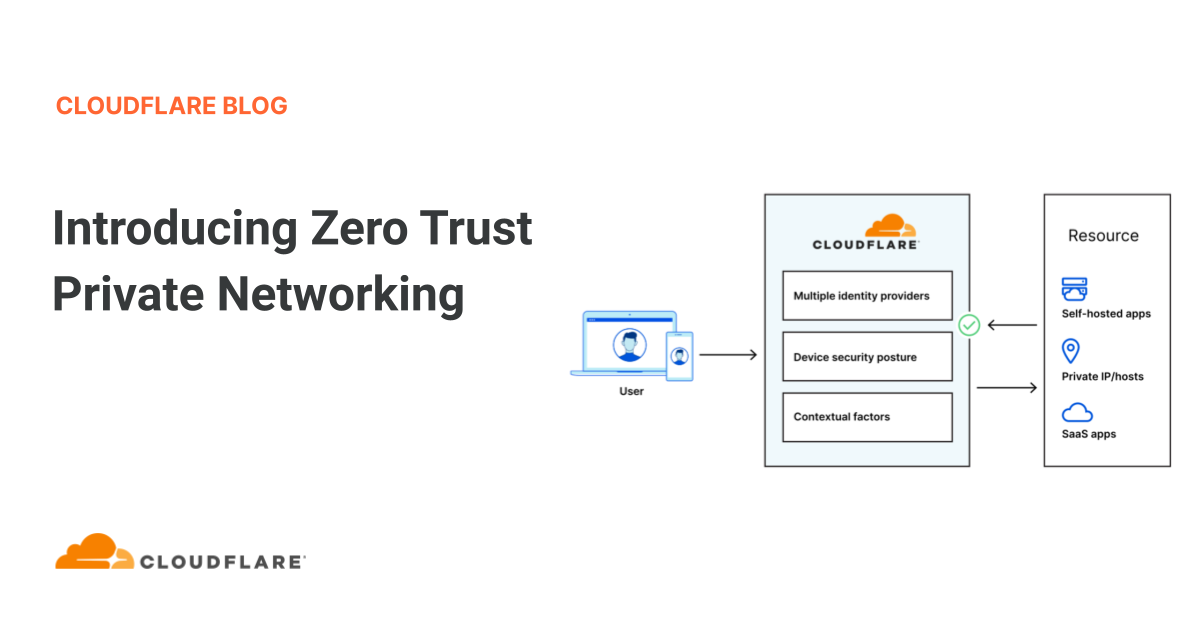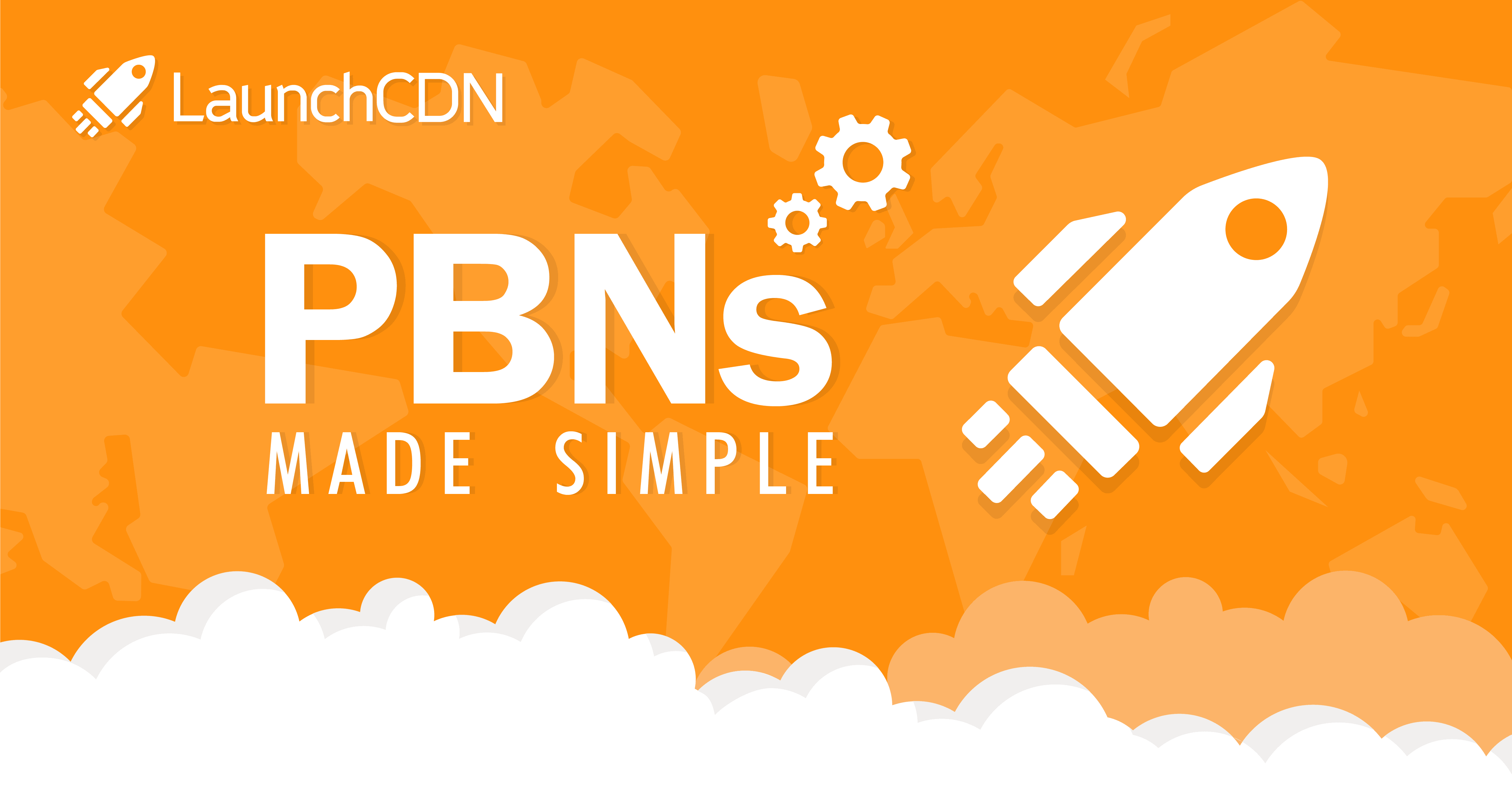All Categories
Featured
Table of Contents
- – What Is The Most Reliable Semantic Seo Best Pr...
- – Which Is The Top Advanced Semantic Seo Brand
- – Top Semantic Seo Sales Near Me
- – Who Is The Top Implementing Semantic Seo Comp...
- – What Is The Top Semantic Search Algorithms
- – Which Is The Premier Seo For Semantic Search...
- – Who Is The Leading Implementing Semantic Seo...
The web is changing, ending up being a growing number of semantic. SEO is additionally transforming and becoming more semantic. This is due to the fact that internet search engine have advanced and are moving an increasing number of towards checking out content online. Certainly, that has likewise transformed the way we develop content, particularly if we intend to place much better in the internet search engine.
, the pioneer of the Web, mentioned to stand for the idea that all points in the cosmos are deeply interconnected. Intertwingularity is not usually recognized, people maintain claiming they can make points deeply hierarchical, categorizable and sequential when they can not. Every little thing is deeply intertwingled. Based upon the connections in between search purposes, the online search engine prefers a material in positioning by calculating the distance in between the vectors of definition.
It enables you to see, starting from a subject, all the entities that relate to that topic. In this manner you can plainly see which entities/concepts/ideas have already been covered on your internet site, and you can discover brand-new possibilities by understanding what content you can add and just how to create it.
What Is The Most Reliable Semantic Seo Best Practices To Get
It is able to make your material reasonable for search engines on the one hand and for your audience on the various other. Structuring your material design highlights your web content and its hidden partnerships to make sure that online search engine can acknowledge you among hundreds of items of info, making you a lot more visible to users that meet the search intent pertaining to your company.
In semantic SEO copywriting, an editor begins with a broader variety of topics and customizes the material to include semantically relevant terms and phrases that aid readers comprehend a subject, comparable to reviewing content in a wiki. From a web content writing viewpoint, one functional means to do this is to create a vocabulary of terms and inquiries bordering your target topic.
Which Is The Top Advanced Semantic Seo Brand
Find out more about by enjoying the by!.

Semantic search describes the process of just how internet search engine understand and match keywords to a searcher's intent in natural search engine result. Prior to semantic search, search engines like Google operated like matchmakersaligning certain words in your inquiry with those exact words on websites. The results were uncomplicated however commonly lacked deepness.
Top Semantic Seo Sales Near Me
It enables Google to use fast, exact responses to browse questions concerning real-world topics. When you kind an inquiry word into Google, you're not simply getting in a sequence of words.
When you search for "Apple," Google does not simply see a word that defines a fruit. It recognizes Apple as a firm and can offer associated info. It was Google's answer to the increase of voice searches, where queries ended up being extra conversational and nuanced.
Who Is The Top Implementing Semantic Seo Company
By integrating NLP, Hummingbird enabled Google to relocate past mere keyword matching. It helped the search engine comprehend search intent, boosting the probabilities that results would properly match the reason behind a customer's search.
RankBrain is an artificial intelligence system that helps Google analyze queries it hasn't seen before. It can make hunches concerning words and expressions it does not recognize and filter results appropriately. Making it a lot more efficient at handling never-before-seen search queries. RankBrain takes into consideration greater than simply key words when assessing a search question.
So it fetches results that match the key words and line up with the general intent of giving puppy training guidance. And if the individual frequently searches for dog-related web content, Google may focus on a lot more thorough training guidesrecognizing the customer's continuous interest in the subject. Combining technologies like the Expertise Chart, Hummingbird, and RankBrain, semantic search helps the Google formula translate and link data across a vast internet of information.
What Is The Top Semantic Search Algorithms
The emphasis changes from keyword selection to an all natural method encompassing user intent, topical importance, and general customer experience. Creating web content that attends to the searcher's needs with detailed information can boost your SERP rankings.
A broader method to content aligns better with semantic search's shift away from precise keyword matching and toward user intent. Material that covers search inquiries more extensively not just pleases customers.
And 5 times more than sites that take 10 seconds to tons. While technical search engine optimization ensures optimal site performance and accessibility, focusing on customer experience (UX) takes it an action further. UX intends to produce a visually enticing, user-friendly user interface with interesting, quality content that motivates site visitors to remain. Semantic search modern technology allows search engines to aim for outcomes that provide the very best feasible UX.
Which Is The Premier Seo For Semantic Search Company?

All display Google's ability to resolve a topic inquiry thoroughly. By understanding the context and intent behind user inquiries, internet search engine can provide a lot more pertinent details and possibly raise customer involvement. Personalization in search engine result creates far better UX.Based on your past search history and preferences as an individual, semantic search helps internet search engine customize the outcomes to suit your special requirements and passions.
It brings outcomes that match the keyword phrases and straighten with the general intent of offering young puppy training advice. And if the customer regularly browses for dog-related content, Google may focus on more thorough training guidesrecognizing the individual's ongoing rate of interest in the subject. Integrating technologies like the Expertise Chart, Hummingbird, and RankBrain, semantic search helps the Google formula translate and connect data across a substantial web of info.
Who Is The Leading Implementing Semantic Seo Company
The focus changes from keyword option to a holistic strategy encompassing customer intent, topical importance, and total user experience. Creating web content that attends to the searcher's demands with comprehensive info can enhance your SERP positions. Below, we lay out the trends and techniques that consolidate the demand for semantically educated material. Later, we give workable suggestions to transform these understandings right into finest practices.

A broader method to material aligns better with semantic search's shift away from exact search phrase matching and toward user intent. Web content that covers search queries a lot more thoroughly not only pleases individuals.
And five times higher than sites that take 10 secs to lots. While technical SEO guarantees ideal web site performance and availability, focusing on individual experience (UX) takes it an action additionally. UX intends to develop a visually enticing, user-friendly interface with engaging, quality material that motivates site visitors to remain. Semantic search modern technology enables online search engine to aim for results that give the finest feasible UX.
All display Google's capability to deal with a subject query comprehensively. By recognizing the context and intent behind user inquiries, online search engine can deliver extra relevant info and potentially boost individual engagement. Personalization in search results produces far better UX.Based on your past search background and preferences as a user, semantic search helps online search engine tailor the outcomes to match your one-of-a-kind needs and passions.
Table of Contents
- – What Is The Most Reliable Semantic Seo Best Pr...
- – Which Is The Top Advanced Semantic Seo Brand
- – Top Semantic Seo Sales Near Me
- – Who Is The Top Implementing Semantic Seo Comp...
- – What Is The Top Semantic Search Algorithms
- – Which Is The Premier Seo For Semantic Search...
- – Who Is The Leading Implementing Semantic Seo...
Latest Posts
What Is The Top Semantic Tagging For Seo Product?
What Is The Leading Semantic Content Optimization Service
Top Semantic Search Engine Results Pages (Serps) Deals Near Me
More
Latest Posts
What Is The Top Semantic Tagging For Seo Product?
What Is The Leading Semantic Content Optimization Service
Top Semantic Search Engine Results Pages (Serps) Deals Near Me